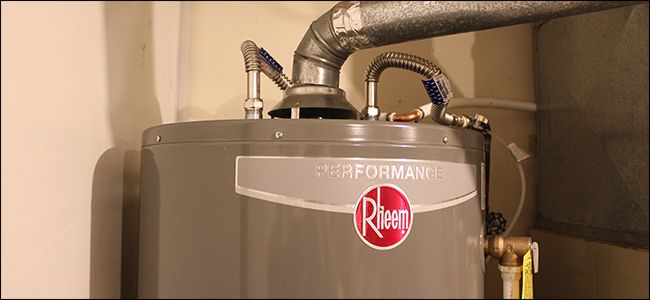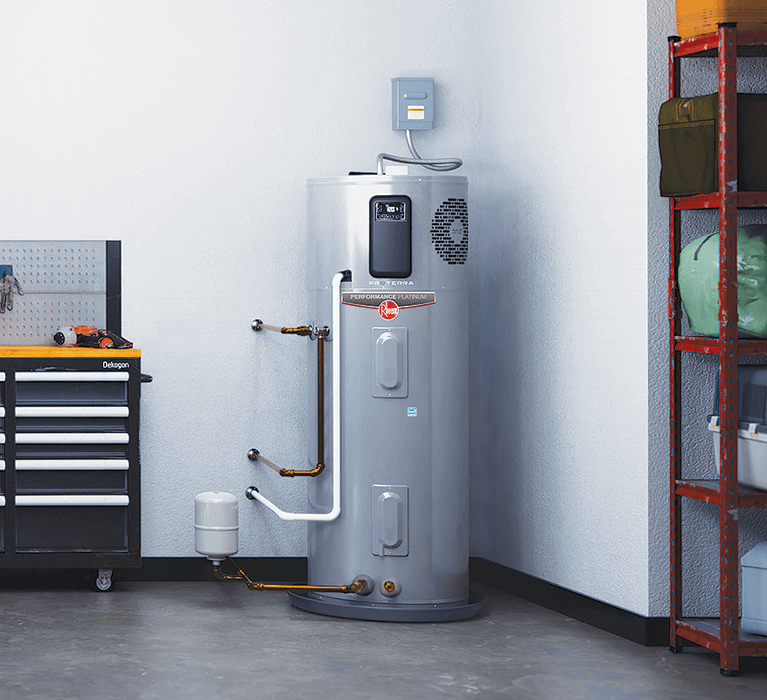Caring for Your Home's Hot Water System: Important TipsSimple Ways to Care for Your Home's Hot Water System Effectively
Caring for Your Home's Hot Water System: Important TipsSimple Ways to Care for Your Home's Hot Water System Effectively
Blog Article
What are your beliefs on How to Maintain Your Water Heater & Prolong its Life?

Hot water is crucial for everyday comfort, whether it's for a refreshing shower or washing recipes. To guarantee your warm water system runs effectively and lasts longer, regular maintenance is essential. This write-up supplies useful pointers and insights on how to keep your home's hot water system to prevent disturbances and expensive fixings.
Introduction
Preserving your home's hot water system may appear challenging, yet with a few straightforward actions, you can guarantee it runs efficiently for several years ahead. This overview covers every little thing from comprehending your warm water system to do it yourself maintenance suggestions and understanding when to call professional assistance.
Importance of Preserving Your Warm Water System
Normal maintenance not just prolongs the life-span of your hot water system yet also ensures it runs effectively. Overlooking upkeep can result in lowered effectiveness, higher power expenses, and even early failing of the system.
Signs Your Warm Water System Requirements Maintenance
Recognizing when your warm water system needs attention can protect against significant problems. Look out for indicators such as irregular water temperature, weird sounds from the heating unit, or rusty water.
Recognizing Your Hot Water System
Before diving into upkeep jobs, it's helpful to comprehend the standard parts of your hot water system. Usually, this includes the water heater itself, pipelines, anode poles, and temperature level controls.
Month-to-month Upkeep Tasks
Normal monthly checks can aid capture small issues before they rise.
Flushing the Water Heater
Flushing your hot water heater gets rid of sediment accumulation, boosting performance and lengthening its life.
Checking and Replacing Anode Rods
Anode poles protect against deterioration inside the tank. Examining and changing them when broken is critical.
Inspecting and Adjusting Temperature Level Settings
Changing the temperature level settings makes sure optimal performance and safety and security.
DIY Tips for Upkeep
You can execute several upkeep jobs yourself to maintain your hot water system in leading condition.
Checking for Leakages
Routinely examine pipelines and connections for leakages, as these can result in water damages and higher costs.
Evaluating Stress Relief Valves
Checking the stress relief valve ensures it works properly and prevents extreme pressure build-up.
Protecting Pipelines
Protecting hot water pipelines decreases warmth loss and can conserve energy.
When to Call a Specialist
While DIY maintenance is valuable, some issues call for professional expertise.
Complicated Issues Calling For Professional Aid
Examples consist of major leakages, electrical troubles, or if your water heater is constantly underperforming.
Routine Professional Maintenance Conveniences
Expert maintenance can consist of comprehensive examinations, tune-ups, and guaranteeing conformity with safety requirements.
Verdict
Regular upkeep of your home's hot water system is vital for performance, longevity, and price financial savings. By complying with these tips and understanding when to look for professional assistance, you can make certain a dependable supply of warm water without unanticipated disruptions.
How to Maintain an Instant Hot Water Heater
Before tinkering with your hot water heater, make sure that it’s not powered on. You also have to turn off the main circuit breaker and shut off the main gas line to prevent accidents. Also turn off the water valves connected to your unit to prevent water from flowing into and out of the appliance. 2. When you’re done, you have to detach the purge valves’ caps. These look like the letter “T” and are situated on either side of the water valves. Doing so will release any pressure that has accumulated inside the valves while at the same time avoid hot water from shooting out and burning your skin. 3. When the purge valves’ caps are removed, you have to connect your hosing lines to the valves. Your unit should have come with three hoses but if it didn’t, you can purchase these things from any hardware or home repair shops. You can also get them from retail stores that sell water heating systems. Read the user’s manual and follow it to complete this task properly. When the hosing lines are connected, open the purge port’s valves. 4. You should never use harsh chemical cleaners or solutions when cleaning your unit. Make use of white vinegar instead. It should be undiluted and you’ll probably use about 2 gallons. 5. Now flush your water heater. This task should probably take about 40 minutes. We can’t give you specific directions for this because the procedure is carried out depending on the type, model and brand of your heater. With that being said, refer to the user’s manual. 6. When you’re done draining the unit, you have to turn off the purge port valves again. Remove the hosing lines that you earlier installed on each of the water valves. Put the valve caps (purge port) back in their respective places and be very careful so as not to damage the rubber discs that are found inside these caps. 7. Now that everything’s back in place, check your user’s manual again to find out how to reactivate your water heating system. 8. Once it is working, turn one of your hot water faucets on just to let air pass through the heater’s water supply pipes. Leave the tap on until water flows smoothly out of it. https://www.orrplumbing.com/blog/2014/september/how-to-maintain-an-instant-hot-water-heater/

As a fervent person who reads on Tips on Maintaining a Water Heater, I think sharing that piece of content was important. Loved our blog entry? Please quickly share it. Help someone else locate it. Thanks for your time spent reading it.
Detail Report this page